Tired of the small town he grew up in, Tom Johnson purchased a battered motorhome, picked up his camera, and travelled across the UK with a singular aim: to find and capture an off-kilter beauty in the downright banal.
His latest project, Merthyr Rising, took the London-based photographer to the ex-mining town in south Wales—a place that was once at the very forefront of the industrial revolution. Today tells a somewhat different story. The coal mines have been closed and a deep-rooted sense of heritage stripped away as the proudly working class town felt the fog of Tory austerity descend. As the hangover of Merthyr Tydfil’s past lingers Tom Johnson believes that it’s identity is immovable.
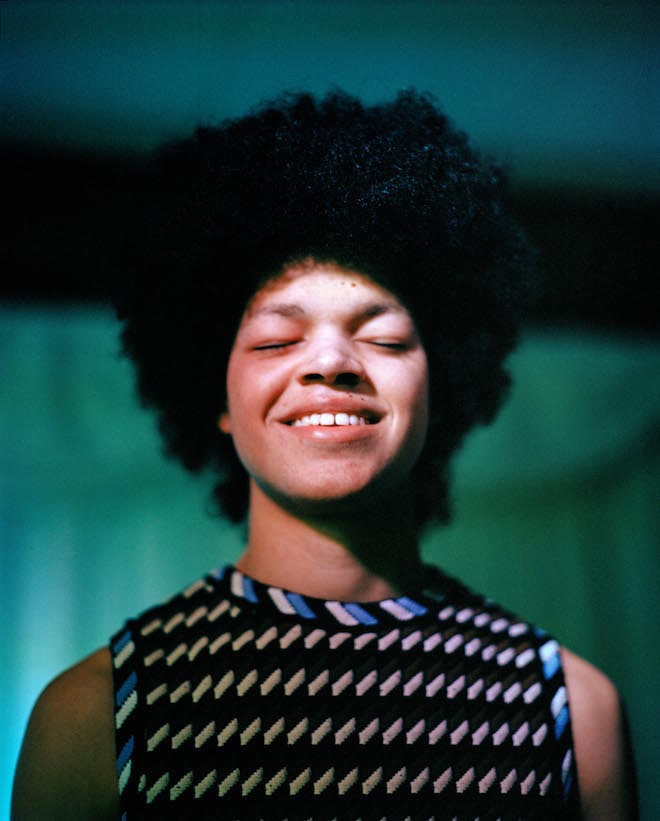
Part fashion shoot, part social study, the series thoughtfully brings together the two sides of Tom’s work which have increasingly begun to align with each other. Shot in collaboration with stylist Charlotte James, Johnson marries Merthyr’s industrial backdrop and working class heritage with high fashion. The series is a study of contrasts, that work together to debunk stereotypes associated with small towns. We find out more.
Tell us a bit about yourself and where you grew up?
I’m a photographer, my work sits somewhere between documentary, portraiture and fashion. I just love to photograph people. I grew up in the countryside outside of Oxford, in a village that no-one has heard of.
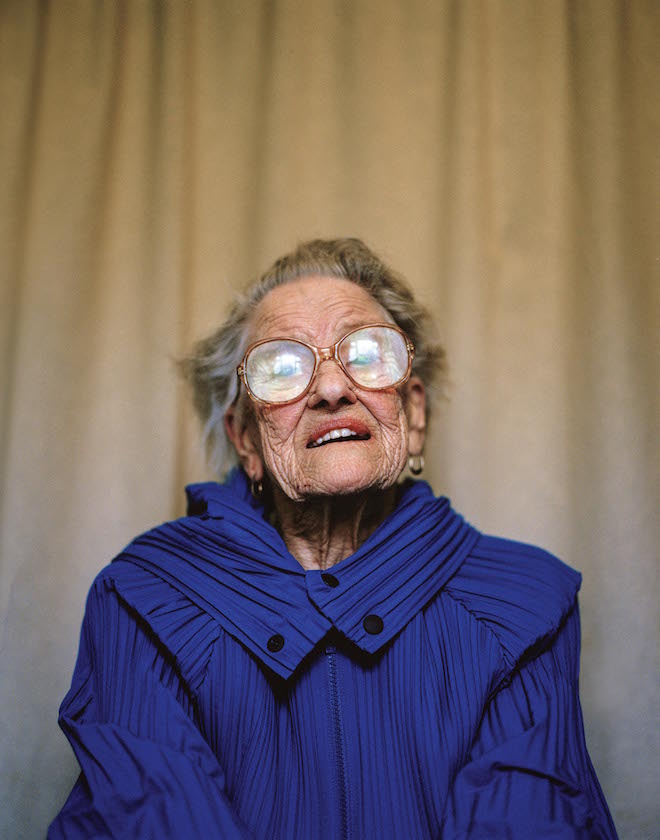
At what point did you become interested in photography?
When I was younger I realised I was really, really rubbish at drawing, painting and especially writing! However, I desperately wanted to find a way that I could visually express myself, so I bought a little digital camera and would photograph everything. I fell in love with the process and the immediacy, of being able to create something new almost instantaneously.
What’s the story behind Merthyr Rising?
Charlotte James, friend and fashion stylist, came to me with the idea of challenging the misconceptions of her hometown, Merthyr Tydfil. It’s a small town in South-West Wales which became subject to great economic struggles when the mining industry closed in the ’80s. We’d travel to Merthyr every week and stay at her grandparents house. Many of the people we photographed are Charlottes family and friends, others are people we cast in and around the town.
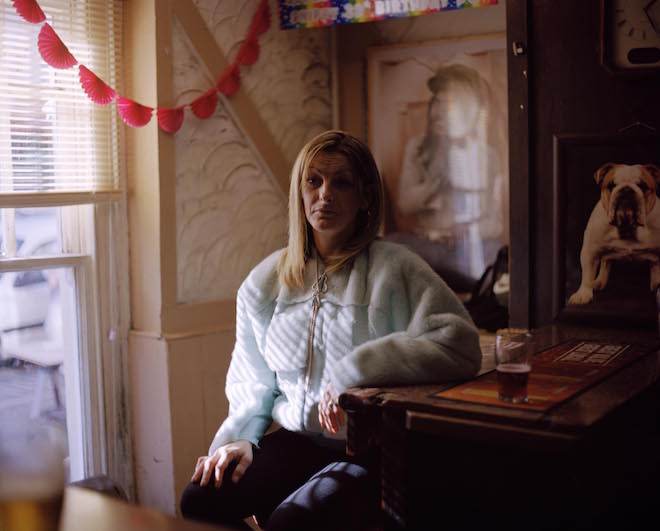
How would you describe Merthyr Tydfil?
It’s a really beautiful place in many ways. The people are really friendly, kind and generous. Often neighbours would come out of their house and offer us pots of tea or a sandwich. I hope my photographs convey this warmth, because I certainly felt it.
This project marries a working class community and high fashion, what were you trying say?
The message was less about creating a dramatic contrast between the community and fashion, it was more about us both connecting with the subjects in our chosen medium. I want the different genres I work with to blur into one, so the viewer has to question what it is they are looking at.
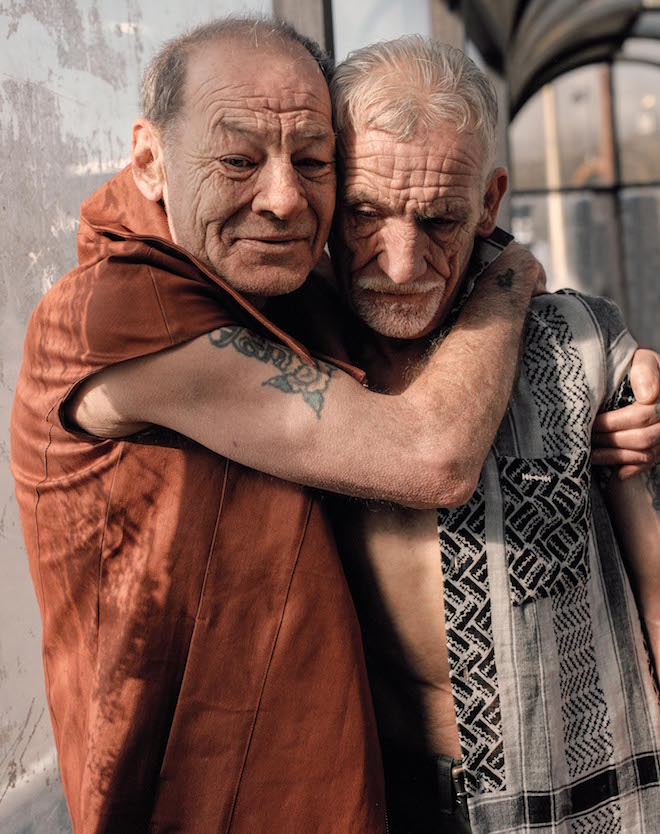
Out of the twenty portraits, is there an image that stands out for you?
Yes. We were waiting around in the bus station and brothers Terry (an ex-miner) and Lee (a construction worker) had just got off a bus, we approached them and talked to them about the project. They were very keen to be involved and just whipped their tops off. Charlotte styled them in the middle of the station, as they started to show me their tattoos (whilst flexing their muscles). I loved the moment – I think this shot really captures a second of calm and intimacy.
Who are your inspirations?
I find a lot of inspiration from painters, cinema AND other photographers. I love Alec Soth’s approach and sensitivity to his subjects. I’m also big fan of British realist cinema.
Are you working on any projects currently?
I’m currently working on some of my own documentary projects, so I’m all over the place – this coming weekend I’m going to North Yorkshire. I’m also working constantly with Charlotte on projects in and around Wales.
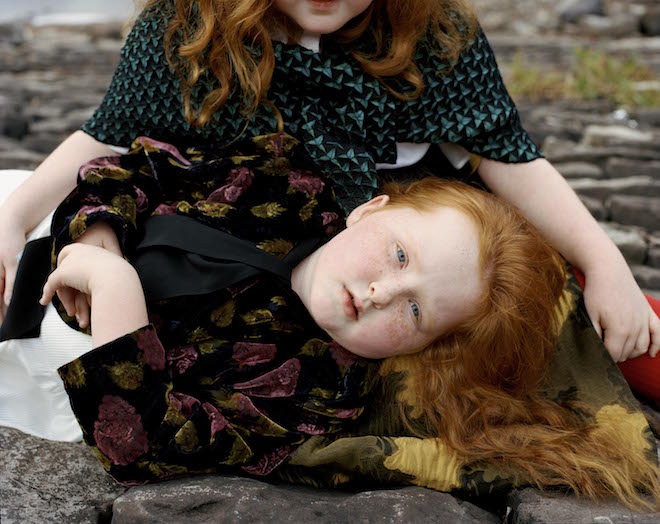
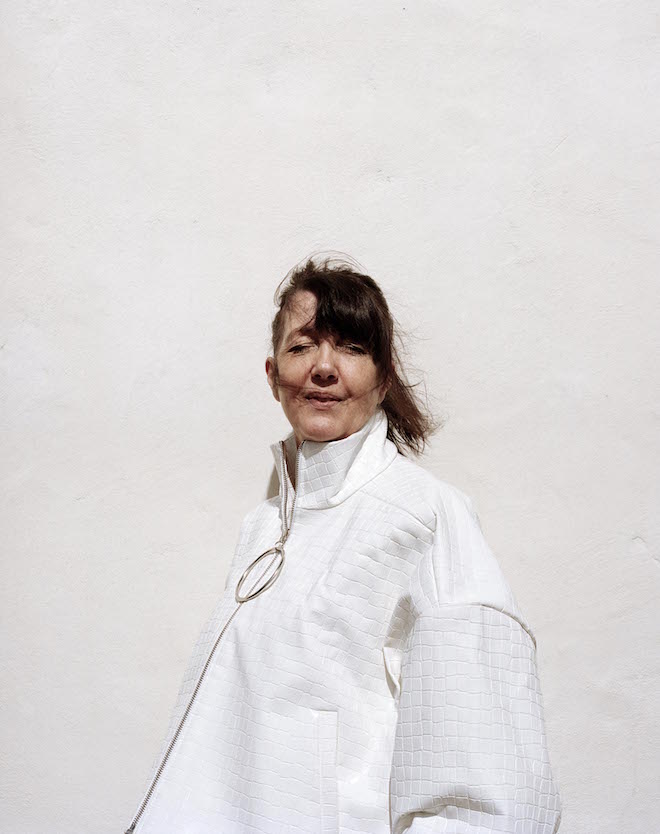

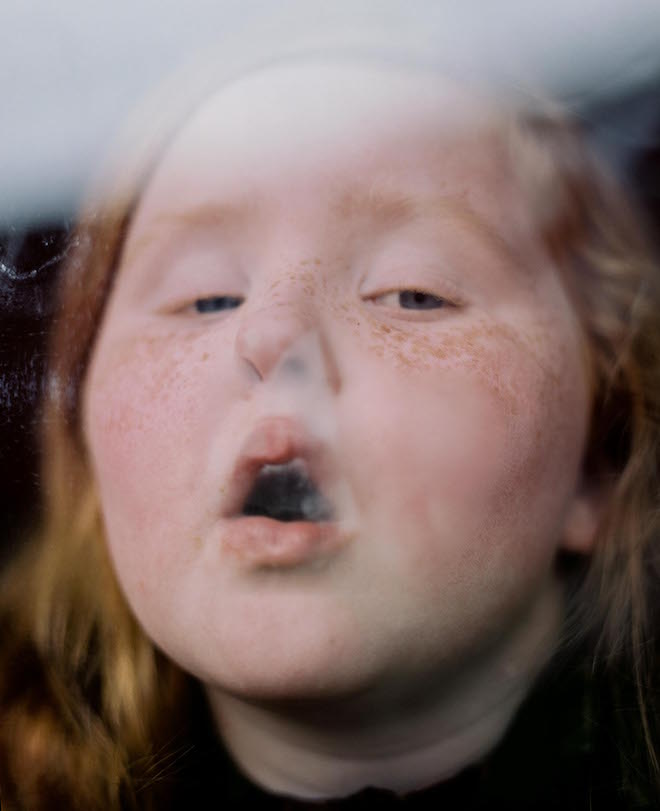

 Twitter
Twitter
 Tumblr
Tumblr
 YouTube
YouTube
 Facebook
Facebook
 Instagram
Instagram
